Baselines for butterfly babies
Not much is known about the Critically Endangered spiny butterfly ray in the Mediterranean, and even less about how tourism in this popular sea is impacting its population. Jaime is diving in to understand this species, using photos and videos to make its presence known to ocean-goers.
The first breath I took underwater changed me. Having been born and raised in Valencia, Spain, I took the Mediterranean for granted. It was like a constant landscape and I only started to fall in love with it when I became a licensed diver. It is only through experience that we learn to acknowledge our natural heritage. Once we appreciate what we have, the urge to protect it comes naturally. I am currently in the final stage of my PhD studies on the ecology of parasites in elasmobranchs (sharks and rays), which is how I have linked my profession with...
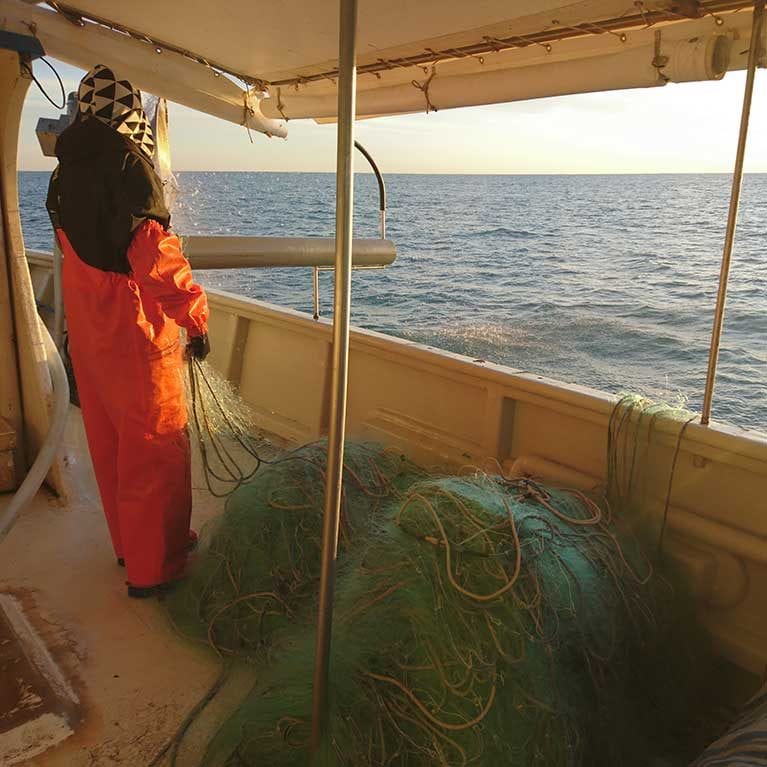
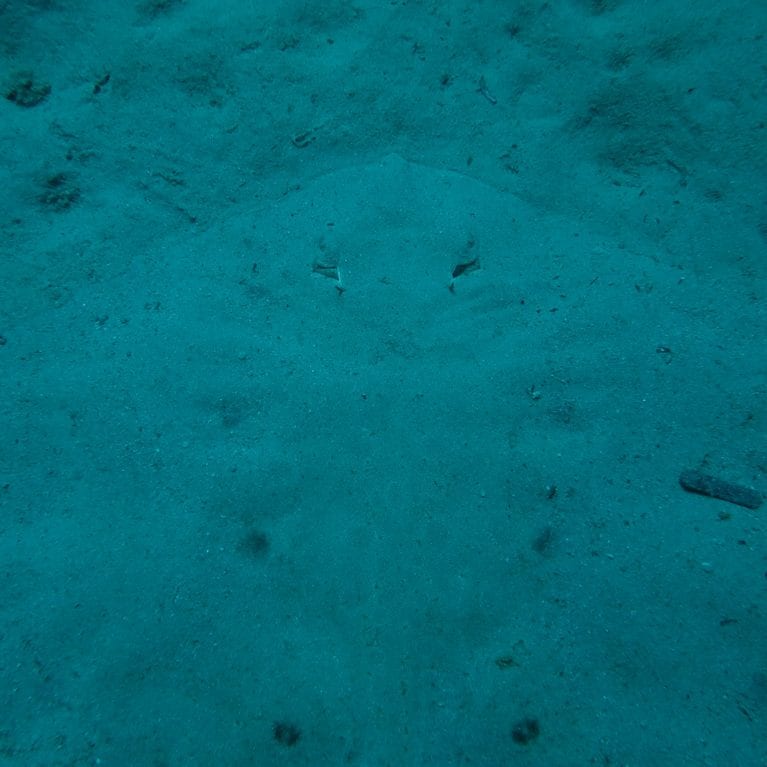
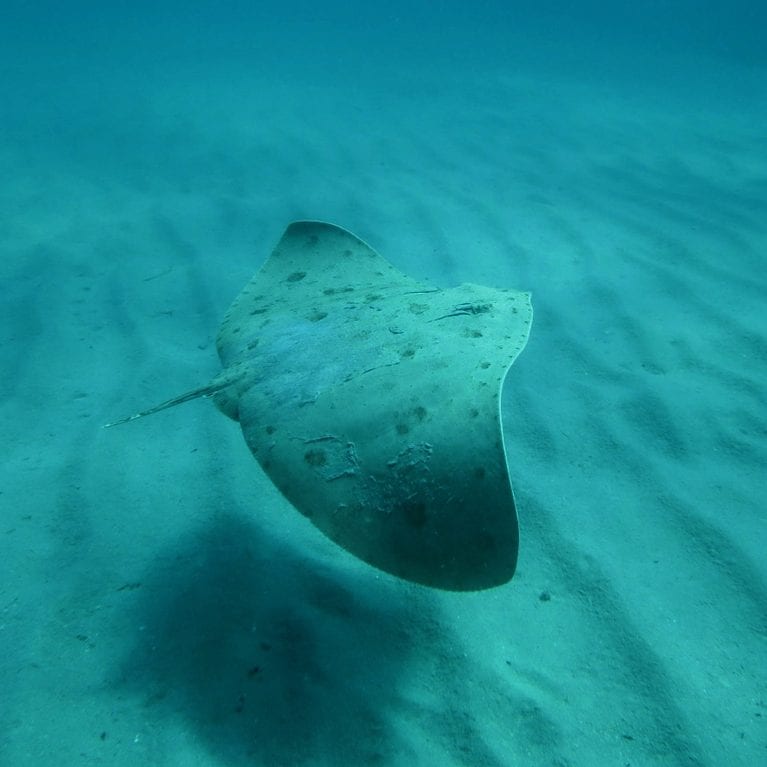
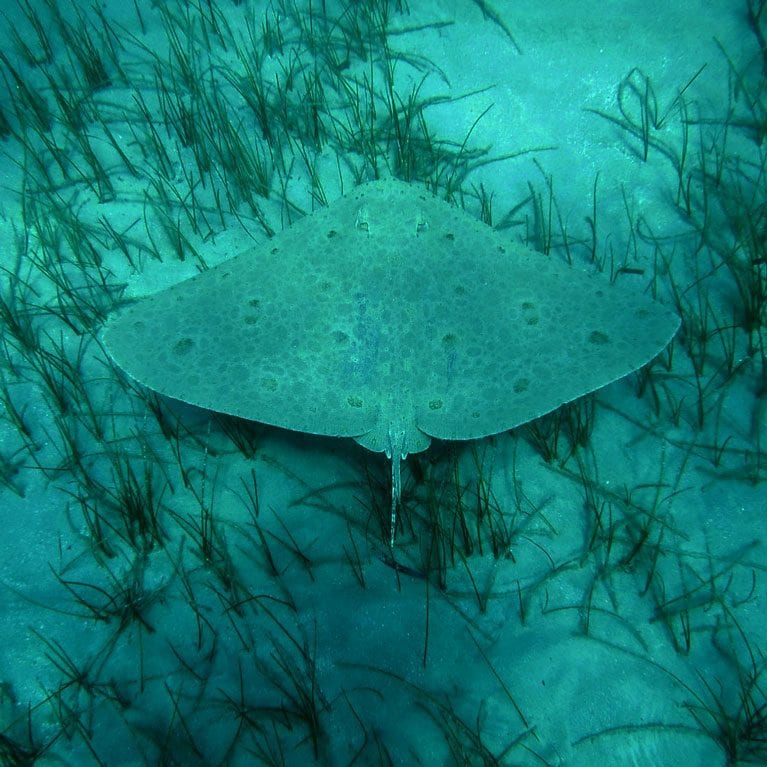
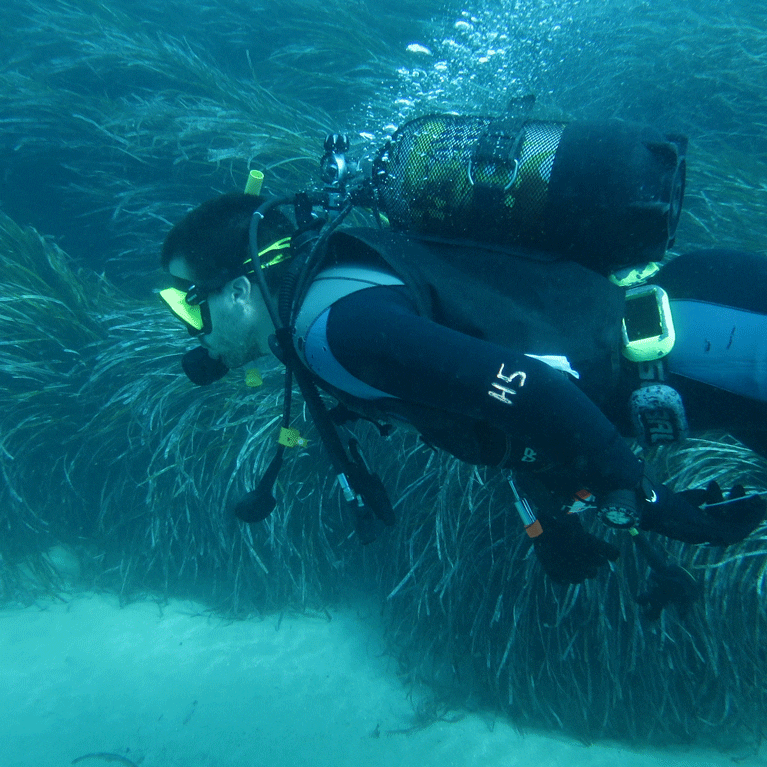
Gymnura altavela: Study of an undescribed nursery area for a critically endangered mediterranean ray species
To asses the population of Gymnura altavela in the area and seek for public, private and government awareness and implication for its conservation.
The Alicante region of Valencia (Spain) has a long story of being a place for mass tourism during the months of summer, searching its warm weather and good beaches. Little to no attention has been given to the impact of these activities on the species that inhabit the coastal areas. Being LAMNA’s main objective to educate valencians to care and worry about the richness in elasmobranch species that we have and we are losing, we were searching for an ‘umbrella species’ to show people the amusement we feel when seeing the life under the sea. Looking for diving locations and posible candidates we found this nursery spot where really small individuals can be found alongside with big size females. Our aim is to study this spot and see what we can make out of it for bringing awareness on the protection of this species and its habitat.
The spiny butterfly ray, Gymnura altavela, is an elasmobranch considered critically endangered in the Mediterranean by the IUCN. Despite this, our association has located certain areas of small size on the Spanish coast where these animals can be located with some ease. Unfortunately, these areas are located near places of increasing tourist interest, which could pose a threat to animals. Although we have located areas where we can find G. altavela, it could be that there were more that still need to be located.
In addition to locating the areas, we must know how is the population of animals that appear in them. Fortunately, Gymnura altavela spends much of the time in the bottom and leaves very characteristic marks that last days in the sand. The marks allow us to know the size of the animal that has left them, but also to know if it is a female or an adult male.
In the end, in an area with such a high tourist influence, it is the local population together with the tourist who will protect and respect the animals. Therefore, it is necessary to conduct awareness campaigns, through talks, dissemination of results, special campaigns and signals.
We want it to be the local people who, in the future, inform us of the presence of these animals, the size they reach, the number of individuals, etc. Therefore, it is imperative that these campaigns are carried out successfully.
- Locate areas frequented by Gymnura altavela in places with a high tourist presence. A sampling campaign will be developed to locate the areas with the highest concentration of individuals or tracks belonging to Gymnura Altavela. After this, the areas will be marked and delimited in precision cartographic maps.
- Second, determine the population structure of these areas. Using the information obtained, we could identify the approximate number of animals in an area, as well its average size. This will allow us to estimate the size and structure of the population.
- Conduct awareness talks in diving centers, nautical clubs and town halls. Once we have information on the areas where the animals meet and information on the population structure of these areas, the resident and tourist population should be involved, through an awareness campaign.
- Creation of signals and on-place information to rise awareness about the presence of the rays in the area. Since it is not possible to influence the entire visiting population only through awareness talks, elements that permanently inform about the presence of these animals should be used.

